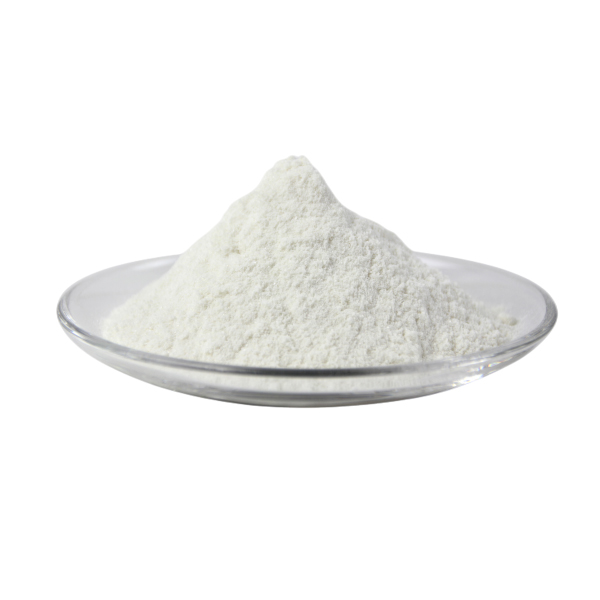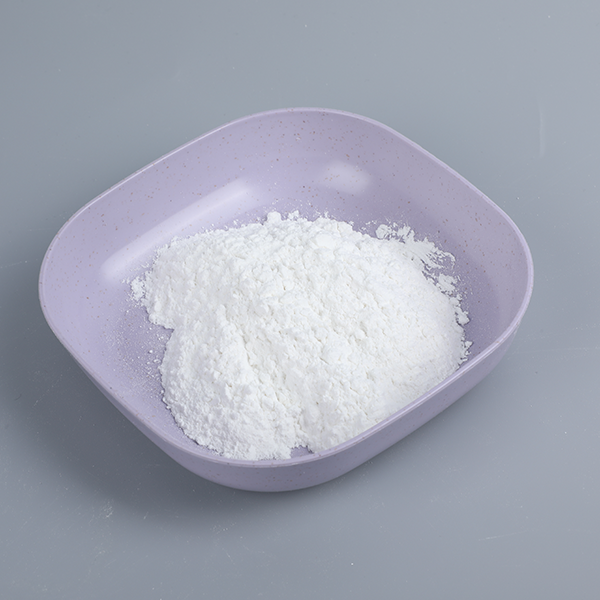We use cookies to enhance your experience. By continuing to browse this site you agree to our use of cookies. More info.
A recent review guided by Prof. Yuehe Lin (Washington State University), Prof. Welei Zhu (Nanjing University), and Prof. Yuanyuan Wang (Nanjing University) offered an overview of the advancements in non-precious metal single-atom catalysts (NPM-SACs) for the electrocatalytic field. Basic Chemical

The red outer ring represents the synthesis method of the catalyst, the green inner ring represents the catalytic application, the blue matrix represents the characterization technique, and the white inner circle represents NPM-SACs/CS. Image Credit: Art by Yangyang Ding.
Because of their low cost, high performance, and high atomic utilization, NPM-SACs with distinctive electronic structures and coordination environments have received a lot of attention in electrocatalysis. Because of the carbon substrate’s large surface area, outstanding electrical conductivity, and high chemical stability, NPM-SACs on carbon support (NPM-SACs/CS) are enticing.
The researchers introduced some commonly used methods, like physical and chemical deposition, high-temperature pyrolysis, impregnation adsorption, and so on. They also gathered some other new and novel ultrafast synthesis methods that had recently been reported.
Investigators employed scanning tunneling microscopy (STM) and aberration-corrected high-angle annular dark-field scanning transmission (AC HAADF-STEM) for morphological observation, X-Ray absorption spectroscopy (XAS) for atomic structure and electronic property studies, and other specific characterizations for auxiliary analysis.
The group then outlined strategies for optimizing the NPM-SACs/CS macro- and micro-environment. Modifying the coordination number of a nitrogen atom, constructing non-nitrogen heteroatom coordination, tweaking the carbon basal plane, and constructing bimetallic sites are all part of the microenvironment.
In addition, the team provided a comprehensive overview of recent advances in developing NPM-SACs/CS for important electrochemical reactions such as hydrogen evolution reaction (HER), carbon dioxide reduction reaction (CO2RR), oxygen reduction reaction (ORR), oxygen evolution reaction (OER), and nitrogen reduction reaction (NRR).
Finally, the investigators discussed the current problems and potential opportunities of NPM-SACs/CS in the electrocatalytic field, including the control synthesis of high metal loading NPM-SACs/CS, the development of sophisticated single-atom characterization techniques, the investigation of the structure-activity relationship of NPM-SACs/CS for electrochemical reactions, the construction of new coordination environments to enhance catalytic performances, and the improvement of catalytic performances.
Liu, L.-X., et al. (2023) Recent advances in carbon-supported non-precious metal single-atom catalysts for energy conversion electrocatalysis. National Science Open. doi.org/10.1360/nso/20220059.
Source: http://www.scichina.com/english/
Do you have a review, update or anything you would like to add to this news story?
In this interview, AZoM speaks to LECO's Andrew Storey about glow discharge spectrometry and the opportunities offered by LECO's GDS950.
At the Advanced Materials Show 2023, AZoM sat down with Tom Warwick, Director and one of the two Founders of Blue Scientific, to discuss the rapid growth of the business and its ambitions for the future.
Phil Levesque & Charlie Pryor
In this interview, AZoM speaks to Instron's Phil Levesque and Charles Pryor about the importance of mechanical testing for electric vehicle batteries.
The Thermo Scientific™ ARL iSpark™ Plus Series OES Metal Analyzer is the perfect instrument for every process from routine elemental analysis to heavy-duty metals R&D.
If users occasionally or sporadically need spectroscopic measurements, IS-Instruments’ in-house sampling services provide a cost-effective solution.
Syft Tracer Pharm11 is a bundle solution for high-throughput, 21 CFR Part 11 compliant, automated workflows in pharmaceutical and CDMO applications.
The global semiconductor market has entered an exciting period. Demand for chip technology is both driving the industry as well as hindering it, with current chip shortages predicted to last for some time. Current trends will likely shape the future of the industry, which is set to continue to show
The primary distinction between graphene-based batteries and solid-state batteries lies in the composition of either electrode. Although the cathode is commonly changed, carbon allotropes can also be employed in fabricating anodes.
In recent years, the IoT is rapidly being introduced into almost all sectors, but it has particular importance in the EV industry.
AZoM.com - An AZoNetwork Site

Polyimide Monomer Owned and operated by AZoNetwork, © 2000-2023